French and international media cannot break their fixation with the “extreme right.” They continue to target the Rassemblement National (RN) as the ultimate menace for the July 7 legislative elections. But as of Friday, a more potent threat to French political and financial stability has raised its head: the radical left-wing “New Popular Front” (Nouveau Front populaire or NFP). This coalition of greens, communists, socialists and Trotskyists dominated by the radical-left La France Insoumise Party (LFI), surprised many by their agreement to field common constituency candidates and a common manifesto.
Following the bitter break-up two years ago of the radical left-wing NUPES coalition, prospects for a new agreement were slim. Something close to civil war had followed, with particular vitriol administered by the radical firebrand Jean-Luc Mélenchon, a devotee of Robespierre and now self-proclaimed prime minister-in-waiting. Financial markets, unlike the international media, did not overlook the baleful significance of the agreement. The French Bourse and bond markets took an additional nosedive at lunch before the ink was dry on the NFP agreement.
Why should that be? Western media’s obsession with the so-called “extreme right” blinds them to the prospect of a powerful NFP. The latest opinion poll by Cluster17 for the weekly Le Point published on June 14 puts the RN and NFP neck-and-neck on 30 percent and 29 percent. In terms of seat projection, with an absolute majority at 289 seats, the RN would have 195-245 deputies (at present they have eighty-nine), the NFP 190 to 235 (at present they have 153), while Macron’s Renaissance would garner a mere seventy seats (presently on 249). Even if not the largest party, the NFP will be in a commanding position.
Until the first round on June 30, the NFP, in theory, has better prospects of increasing its score. Pollsters agree that the RN’s electorate turns out to vote solidly. However, in two round elections it is handicapped in building alliances necessary to get the RN candidate over the line. This is the opposite of the left-wing coalition, which in the second round can potentially draw in voters from the defeated left of Macron’s coalition.
The NFP also benefits from strong left-leaning civil society support. Last Saturday, 250,000 demonstrators across France marched against the RN. The demonstrations were organized by a host of trade unions, ranging from the communist CGT to the judges union. On Friday, senior civil servants expressed their angst in Le Monde at the prospect of having to work with the RN and carry out its manifesto (or blunt it). The media are awash with op-eds from Freemasons to actors and artists railing against the possible triumph of “fascism,” while virtually ignoring how the NFP has brushed its anti-Semitism and support for Hamas under the carpet.
Then there is the NFP’s wildly profligate manifesto. The RN’s program has been costed at €100 billion by the Institut Montaigne center-right think tank. But this is small beer compared to the NFP’s plans. The minimum wage will rise from €1,400 to €1,600, the retirement age will be lowered to sixty, state retirement pensions will increase, salaries will be indexed on inflation, energy prices will be frozen, income and corporation taxes will rise and a new wealth tax implemented. Albeit biased, the NFP’s manifesto has been costed by Macron’s party at €357 billion.
This financial prospect is what spooked the markets more than the RN. Added to which is the stated refusal of both RN and NFP to conform to the EU’s reinstated “stability pact.” As French stock and debt markets continued their turmoil on Friday, France’s finance minister claimed the NFP’s program was “madness,” certain to provoke financial ruin, even Frexit. Likening it to when François Mitterrand first came to power with the communists, Bruno Le Maire described the manifesto as “1981 to the power of ten.”
This past week, the French Bourse has dropped 6.2 percent, the premium France pays on her debt compared to Germany, the “spread,” saw its biggest weekly rise since the 2011 eurozone debt crisis. Last week, Le Monde detailed how France’s small and large business communities were more fearful of the NFP than the RN. All investment is already on hold. French financial markets will continue their downward spiral next week as France reaches its “Liz Truss” moment, even before a new government is in place. The international media have picked the wrong bogeyman; the New Popular Front is the true harbinger of political and financial chaos.
This article was originally published on The Spectator’s UK website.



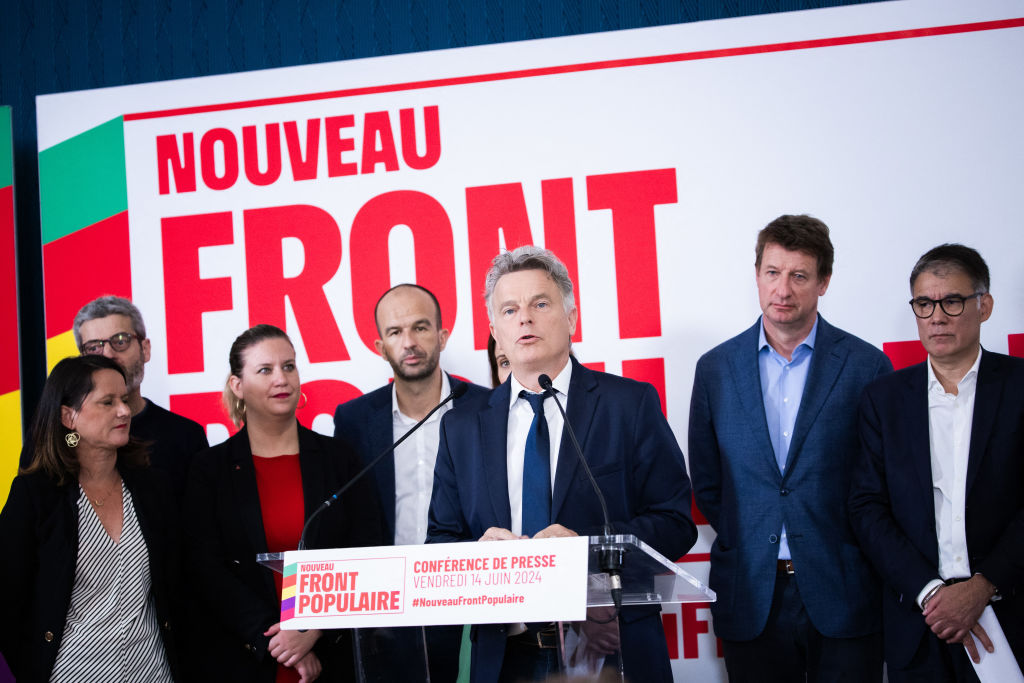






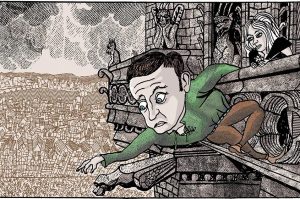
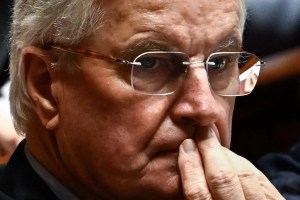

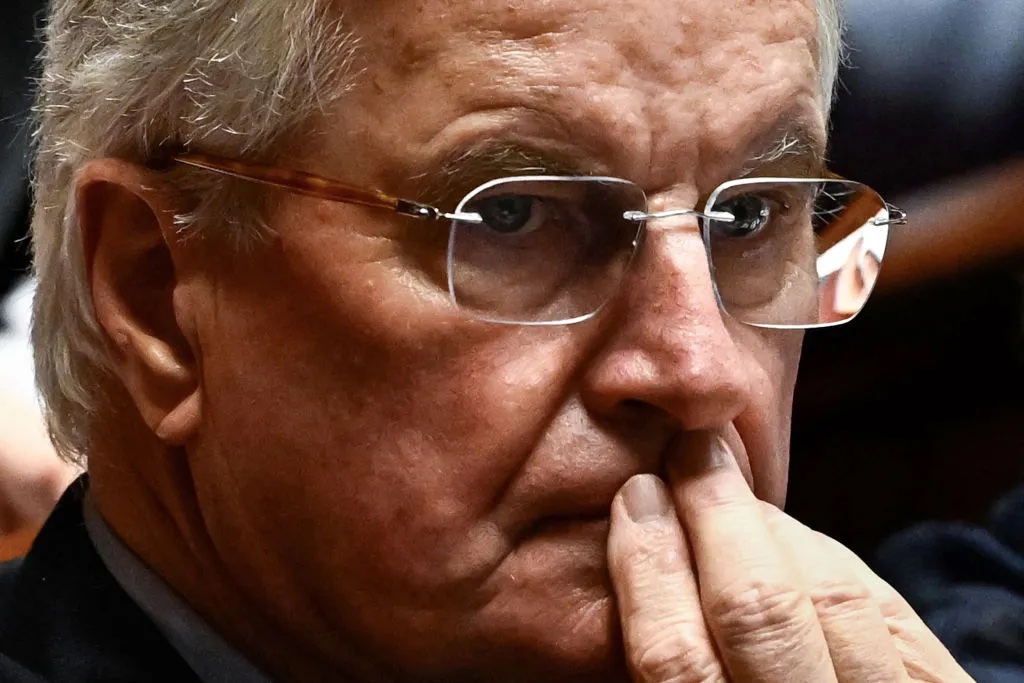

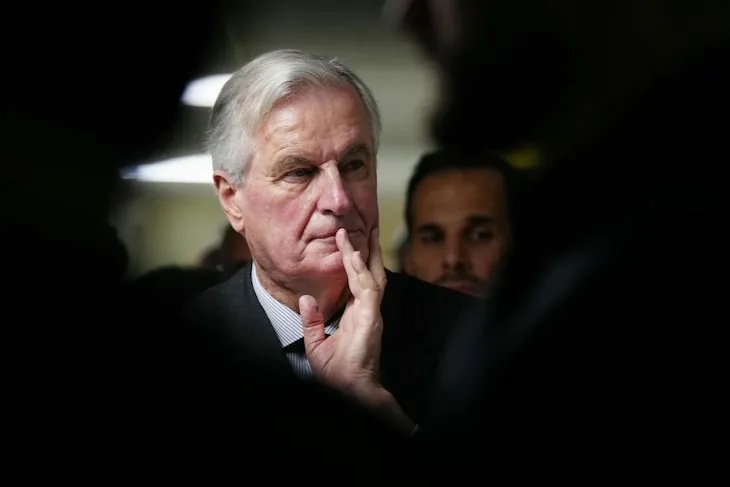
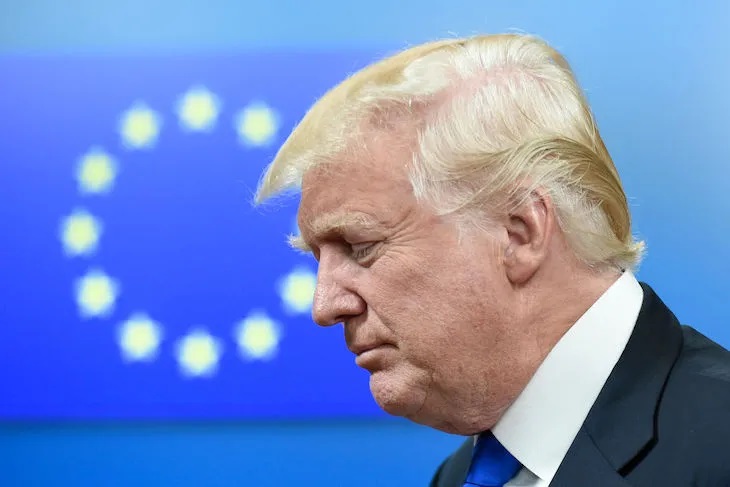
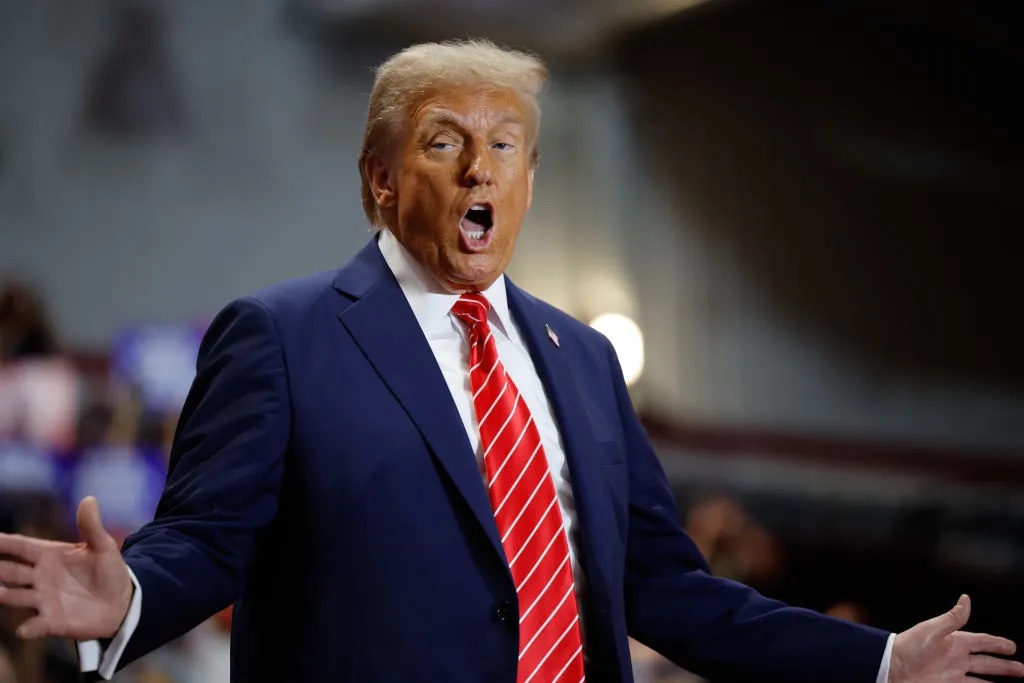
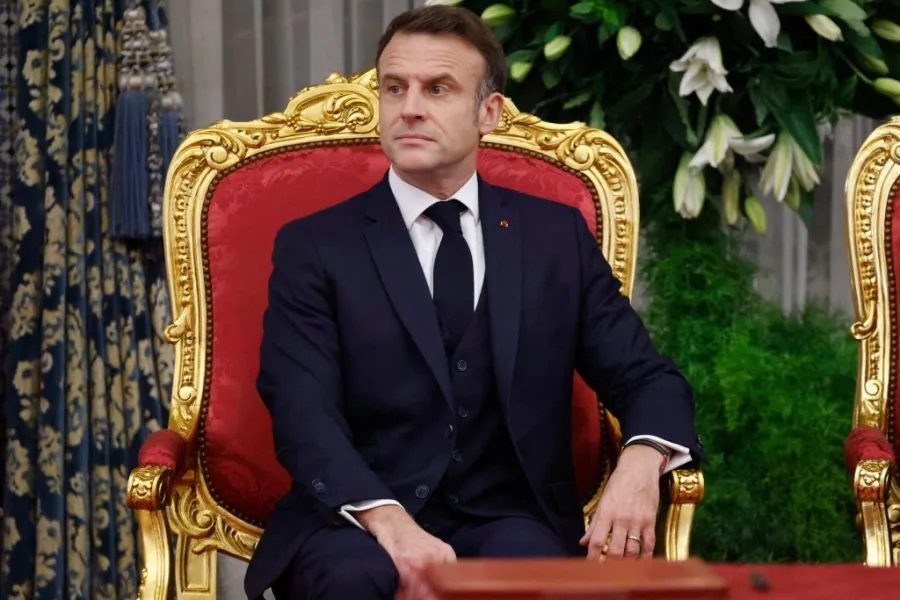







Leave a Reply